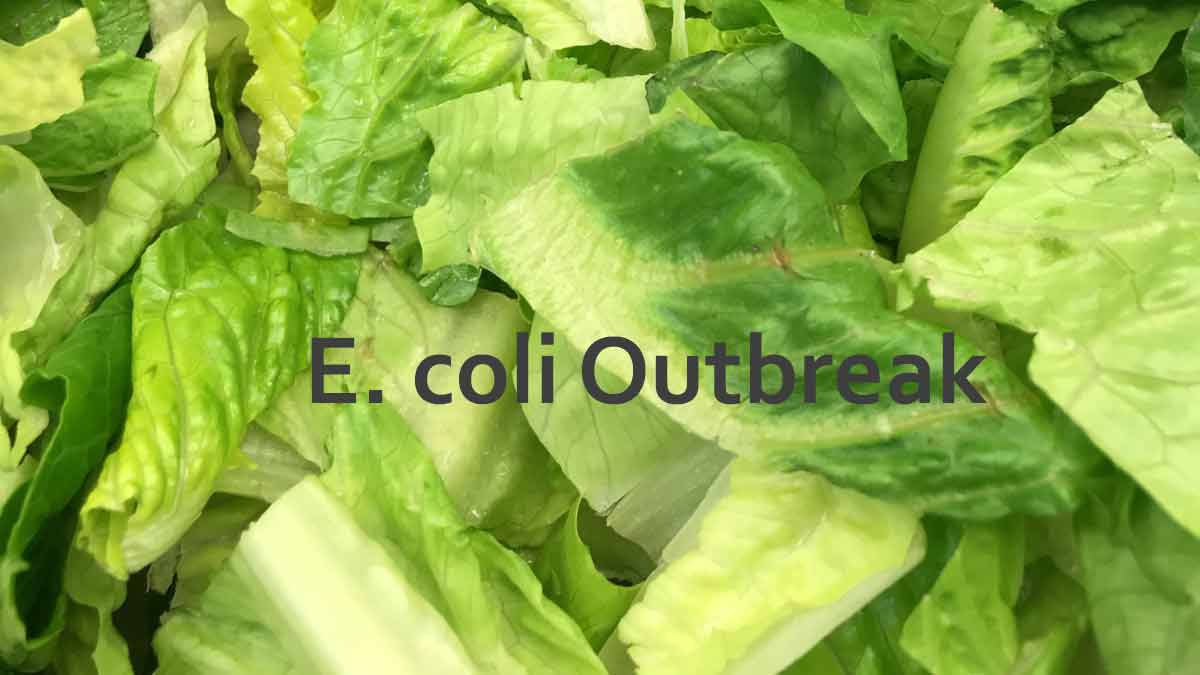Were you sickened by romaine lettuce? E. coli lawyers at Pritzker Hageman can help you sue to get money from the company responsible for your illness.
Lettuce served at restaurants should not be tainted with deadly E. coli bacteria. This is why you can sue a restaurant for E. coli food poisoning.
Contact Our Lawyers about a Romaine Lettuce E. coli Lawsuit

Attorneys at Pritzker Hageman have obtained multimillion dollar settlements for people who got E. coli from restaurant food, including $4.5 million for a teenager who suffered kidney failure. She had developed a complication called hemolytic uremic syndrome, also referred to as HUS.
Our team of national food safety lawyers can help you file a restaurant lawsuit and get a money settlement. You can contact our legal team by calling 1-888-377-8900 (toll free) or by using the form above.
Romaine Lettuce E. coli Outbreak Investigation
The 2018 romaine lettuce E. coli outbreak is over, according to the FDA. As of June 28, 2018, 210 people in 36 states contracted E. coli infections. These people reported becoming ill from March 13, 2018 to June 6, 2018. There have been 96 hospitalizations and five deaths.
The states involved in the outbreak include the following:
Alabama (3) Alaska (8), Arkansas (1), Arizona (9), California (49), Colorado (3), Connecticut (2), Florida (3), Georgia (5), Idaho (12), Illinois (2), Iowa (1), Kentucky (1), Louisiana (1), Massachusetts (4), Michigan (5), Minnesota (12), Mississippi (1), Missouri (1), Montana (9), Nebraska (1), New Jersey (8), New York (11), North Carolina (1), North Dakota (3), Ohio (7), Oklahoma (1), Oregon (1), Pennsylvania (24), South Dakota (1), Tennessee (3), Texas (4), Utah (1), Virginia (1), Washington (8), and Wisconsin (3).
Very quickly in the investigation, evidence pointed to romaine lettuce as the source of the outbreak. It was then found that the tainted lettuce came from the Yuma, Arizona area.
Did E. coli in Water Contaminate Romaine Lettuce?
To find out how the romaine lettuce became contaminated, health officials tested of samples of water, soil, and cow manure in the Yuma growing region.
According to the FDA:
”To date, CDC analysis of samples taken from canal water in the region has identified the presence of E. coli 0157:H7 with the same genetic finger print as the outbreak strain. We have identified additional strains of Shiga-toxin producing E. coli in water and soil samples, but at this time, the samples from the canal water are the only matches to the outbreak strain.”
Regardless how the lettuce became tainted, people sickened in the outbreak need to contact a lawyer about a lettuce E. coli lawsuit.
